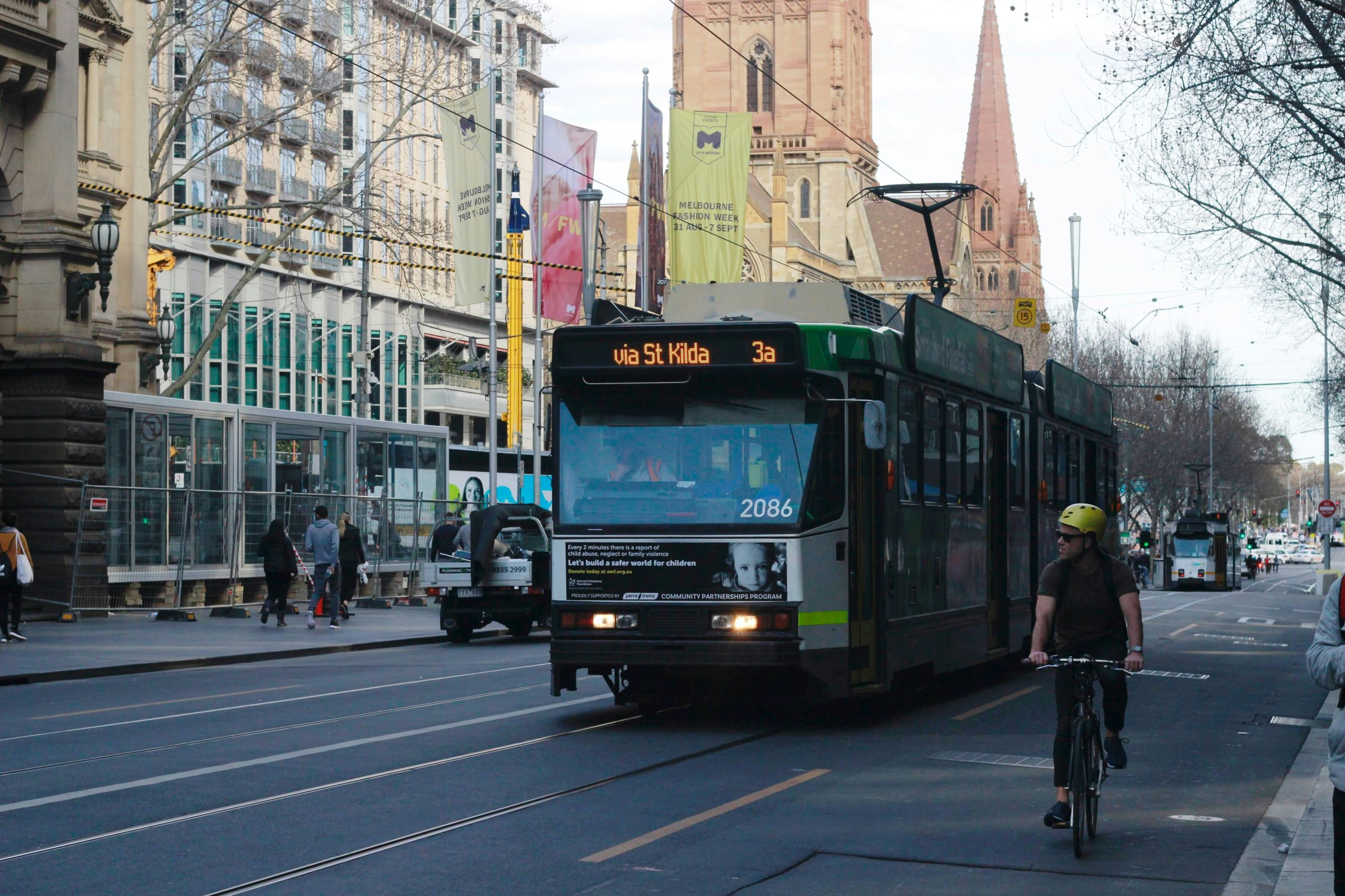Public Transportation Adapts to New Technologies
Public transportation has long been a crucial aspect of society, connecting people to work, school, and other important destinations. However, with the rapid advancement of technology, public transportation is undergoing a significant transformation. Cities all over the world are implementing new technologies to improve the efficiency, safety, and convenience of public transportation. In this article, we will explore how public transportation is adapting to new technologies and the impact it is having on commuters and cities alike.
The Integration of Artificial Intelligence
One of the most significant changes in public transportation is the integration of artificial intelligence (AI). With AI-powered systems, public transportation is becoming smarter and more efficient, making it more appealing to commuters. One example of this is the use of predictive analytics in public transportation. With the help of AI, transit agencies can accurately predict arrival and departure times, reducing wait times and ensuring smoother journeys for commuters.
The Rise of Electric Vehicles
In recent years, there has been a significant push towards reducing carbon emissions and addressing climate change. As a result, many cities are replacing traditional buses and trains with electric vehicles. Electric buses and trains are not only more environmentally friendly but also more cost-effective in the long run. With the advancement of battery technology, these vehicles can travel longer distances without needing a recharge, making them a viable option for public transportation.
Improving Accessibility for All
Technology is also playing a crucial role in making public transportation more accessible for everyone. With the development of apps and online platforms, commuters can now plan their routes and track buses and trains in real-time. This is incredibly beneficial for people with disabilities, who can now have a better understanding of the accessibility of their chosen route. Additionally, some cities are implementing audio and visual cues on buses and trains to assist visually impaired passengers.
Incorporating Contactless Payments
Another significant change in public transportation is the adoption of contactless payments. Gone are the days of fumbling for change or waiting in long lines to purchase tickets. With the use of contactless payment methods such as mobile wallets or smart cards, commuters can easily pay for their fare. This not only speeds up the boarding process but also reduces the need for physical contact, promoting a more hygienic way of traveling.
Improving Safety and Security
With the use of technology, public transportation is becoming safer and more secure for commuters. Some cities are implementing AI-powered security systems that can detect suspicious behavior and alert authorities. Additionally, the use of CCTV cameras on buses and trains also acts as a deterrent for potential criminals. And in case of emergencies, commuters can use panic buttons or mobile apps to quickly alert authorities for assistance.
The Future of Public Transportation
The future of public transportation looks incredibly promising, thanks to the integration of new technologies. With advancements in autonomous vehicles, commuters may soon see driverless buses and trains as a common sight. Additionally, cities are also exploring the use of drones for public transportation, which could greatly improve emergency response times and reduce traffic congestion.
Furthermore, with the rise of the Internet of Things (IoT), public transportation is becoming more interconnected. This allows for smoother coordination between different modes of transportation, making it easier for commuters to reach their destination quickly and efficiently.
Conclusion
Technology is revolutionizing the way we think about public transportation. From the integration of AI to the use of electric vehicles and contactless payments, these advancements are making public transportation more convenient, accessible, and safer for everyone. As cities continue to embrace new technologies, the future of public transportation is looking bright, and commuters can look forward to a seamless and enjoyable journey to their destination.









